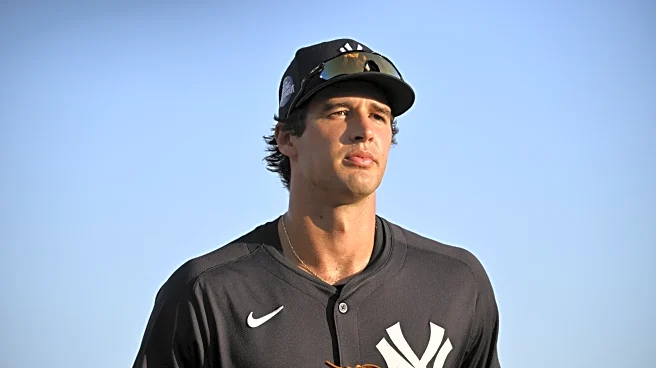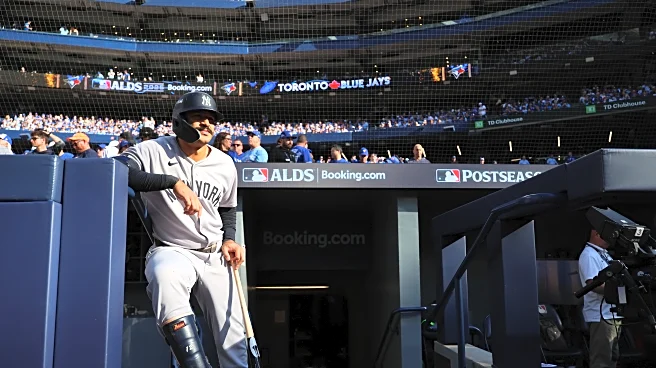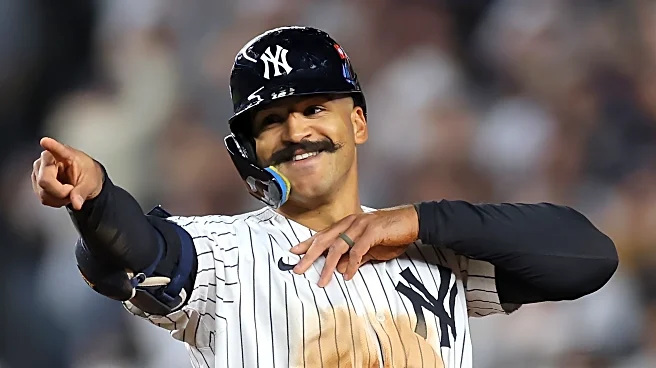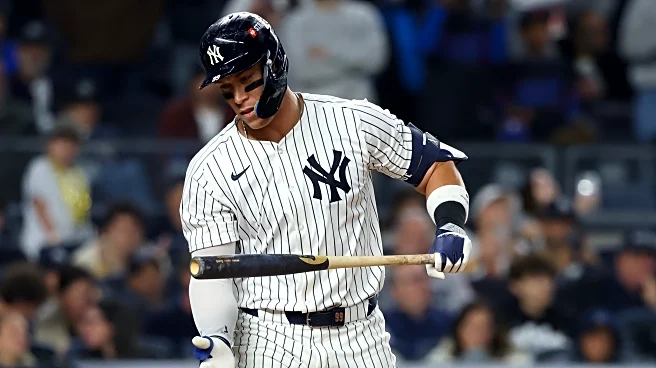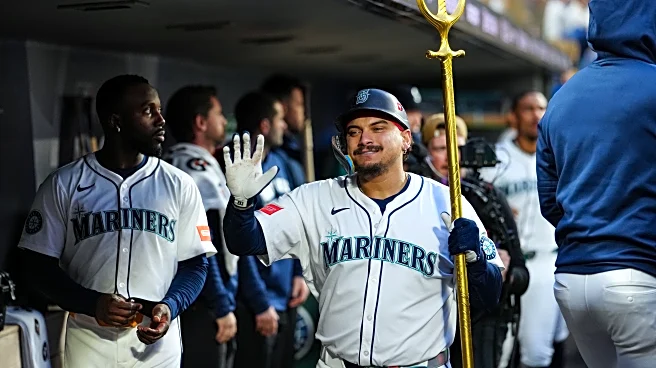In a vacuum, there’s no reason to be upset with Trent Grisham accepting his qualifying offer to return to the Yankees. Grisham, despite entering the year as a fourth outfielder after narrowly avoiding
being non-tendered, enjoyed a breakout season, which saw him mash 34 home runs and provide a steady leadoff presence in front of Aaron Judge.
And sure, his defense has declined from Gold Glove caliber to mediocre (even prior to the hamstring injury he played through). But it’s not unreasonable to think he can replicate most of the offensive prowess he showed. For one, a one-year deal essentially acts as another prove-it deal, wiping out the worries of his season being the product of a contract year. His peripherals looked great, as he boasted great exit velocities, chase rates, and had a .350 OBP fueled by one of the American League’s best walk rates. The Yankees should be happy with penciling Grisham’s name in the lineup for another year.
The issue here is tangential to Grisham’s actual signing. While paying him $22 million to man center is fine, the question now becomes whether the Yankees will act as though that commitment prohibits them from doing much for the rest of their offseason. Prior to Tuesday, the general consensus assumed that Grisham would decline the qualifying offer and sign a multi-year deal elsewhere, and the Yankees to would use their resources to pursue Kyle Tucker or re-sign Cody Bellinger while also looking to make pitching upgrades. Instead, some may worry that Grisham’s inclusion will throw a wrench in some of those plans.
Let’s look at the finances. According to FanGraphs’ Roster Resource, the Yankees are lined up to have a luxury tax payroll of $286 million as of today, including all arbitration figures. That number will likely slightly go down by the non-tender deadline, but until then, that’s what we’re working with.
In that case, it’s valid to be worried when owner Hal Steinbrenner has openly supported a salary cap, has stated that you shouldn’t need a $300 million payroll to win a championship, and has generally set a hard cap for his team. Hell, he lowered payroll after winning a pennant and got outbid for Juan Soto. It’s clear that he doesn’t have unlimited pockets like the Mets and Dodgers seem to have.
Grisham is a good player. This isn’t an Aaron Hicks, DJ LeMahieu, or Marcus Stroman kind of wasting money. But the Yankees still have other holes. They’d like another outfielder, they’d like right-handed platoon options for the infield (and maybe the outfield, too), they’d like another quality starting pitcher, as well as more stability in the bullpen. It seems unlikely that all those wishes will be fulfilled, and how many can be fulfilled will depend on the pocketbook of Steinbrenner.
To tangibly improve this roster, Steinbrenner is going to need to allow Brian Cashman to raise the payroll past the $316 million that he gave out last year. Cheap trades can be made to improve the roster on the margins, as Cashman ably did in acquiring guys like José Caballero and Fernando Cruz, but in terms of making big additions, they’ll need to spend. Bellinger seems like a lock to come in at over $25 million AAV. Their most likely pitching target, Tatsuya Imai, could command $20 million. Those two signings alone should boost payroll to $320+ million, which doesn’t sound like something Steinbrenner would want to do before addressing bench depth and bullpen signings.
Ultimately, it’s up to him. Re-signing Grisham is not a bad move, as long as his salary is not prohibitive to the rest of the offseason. The Yankees don’t need a seismic, league-changing move to boost their odds at a World Series in 2026, but they’re going to need do something tangible to upgrade the roster. And that’s where Hal will need to put his money where his mouth is.


